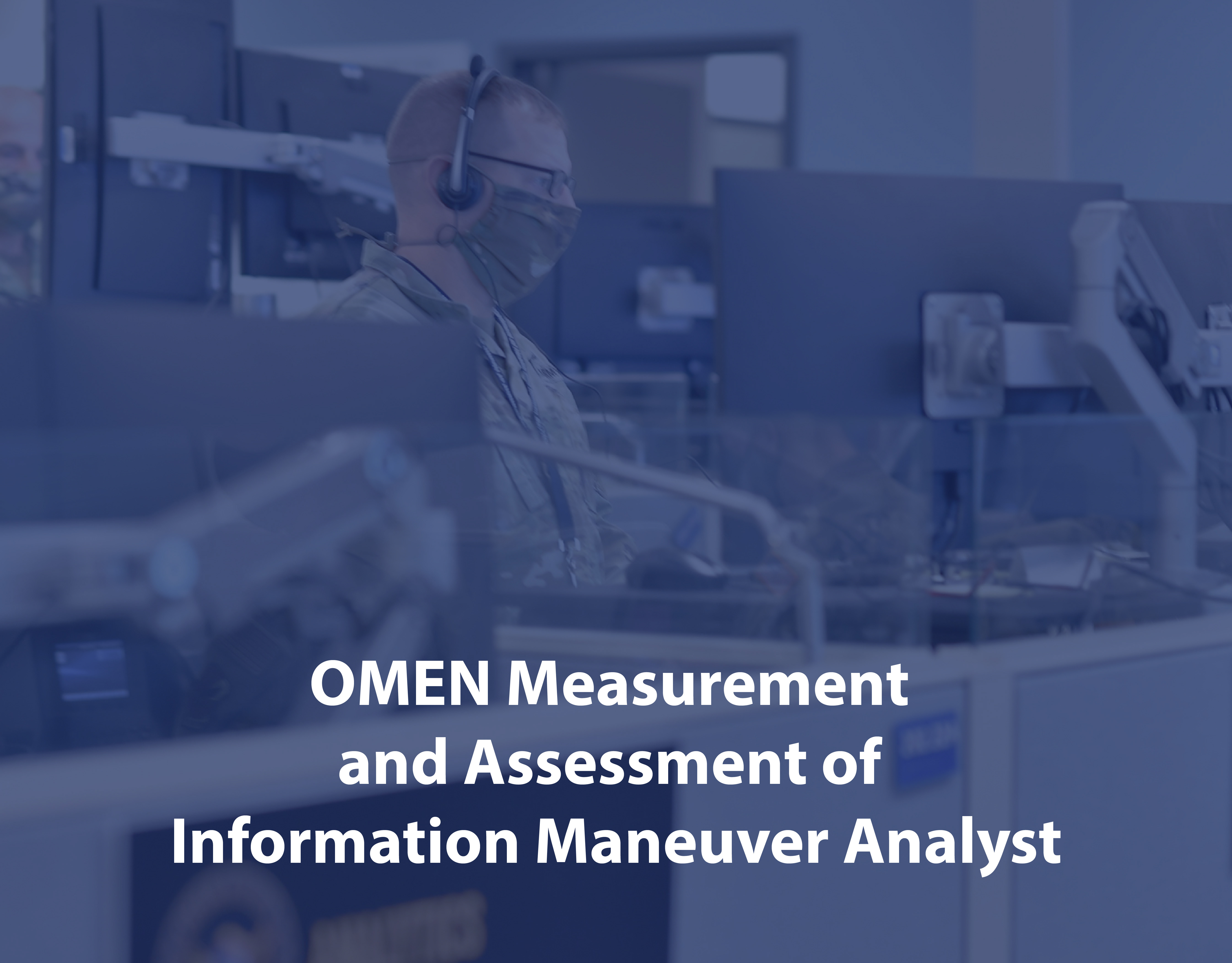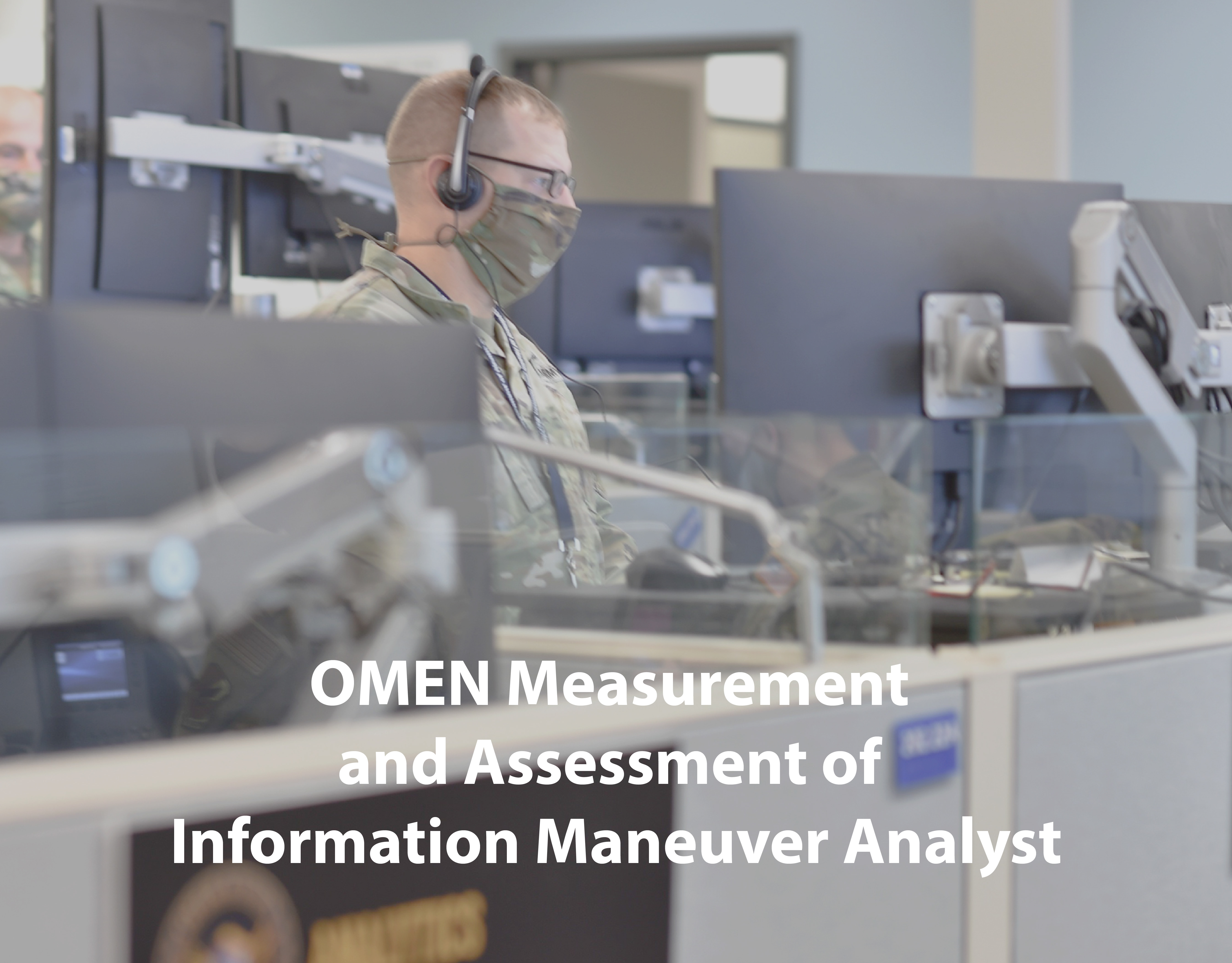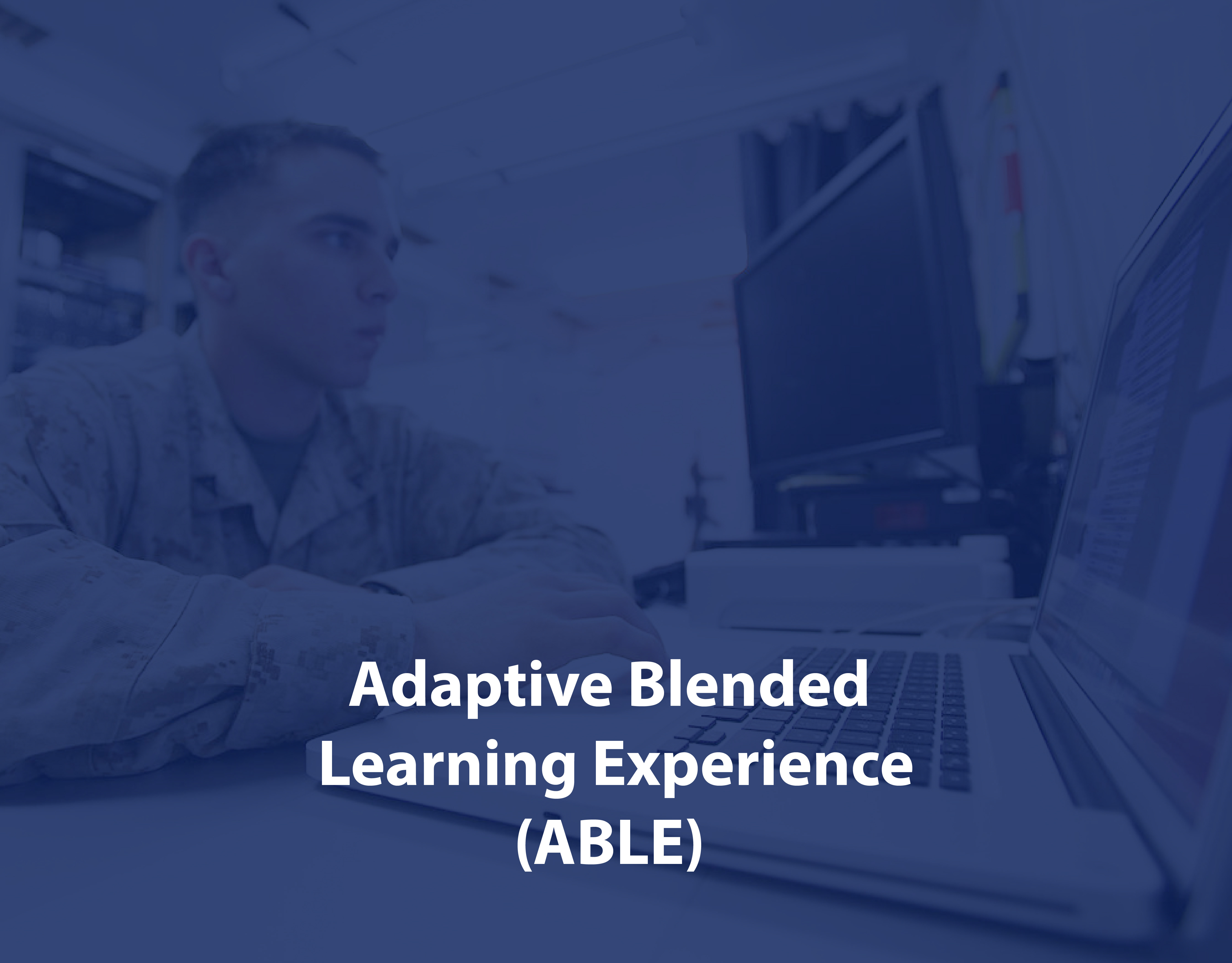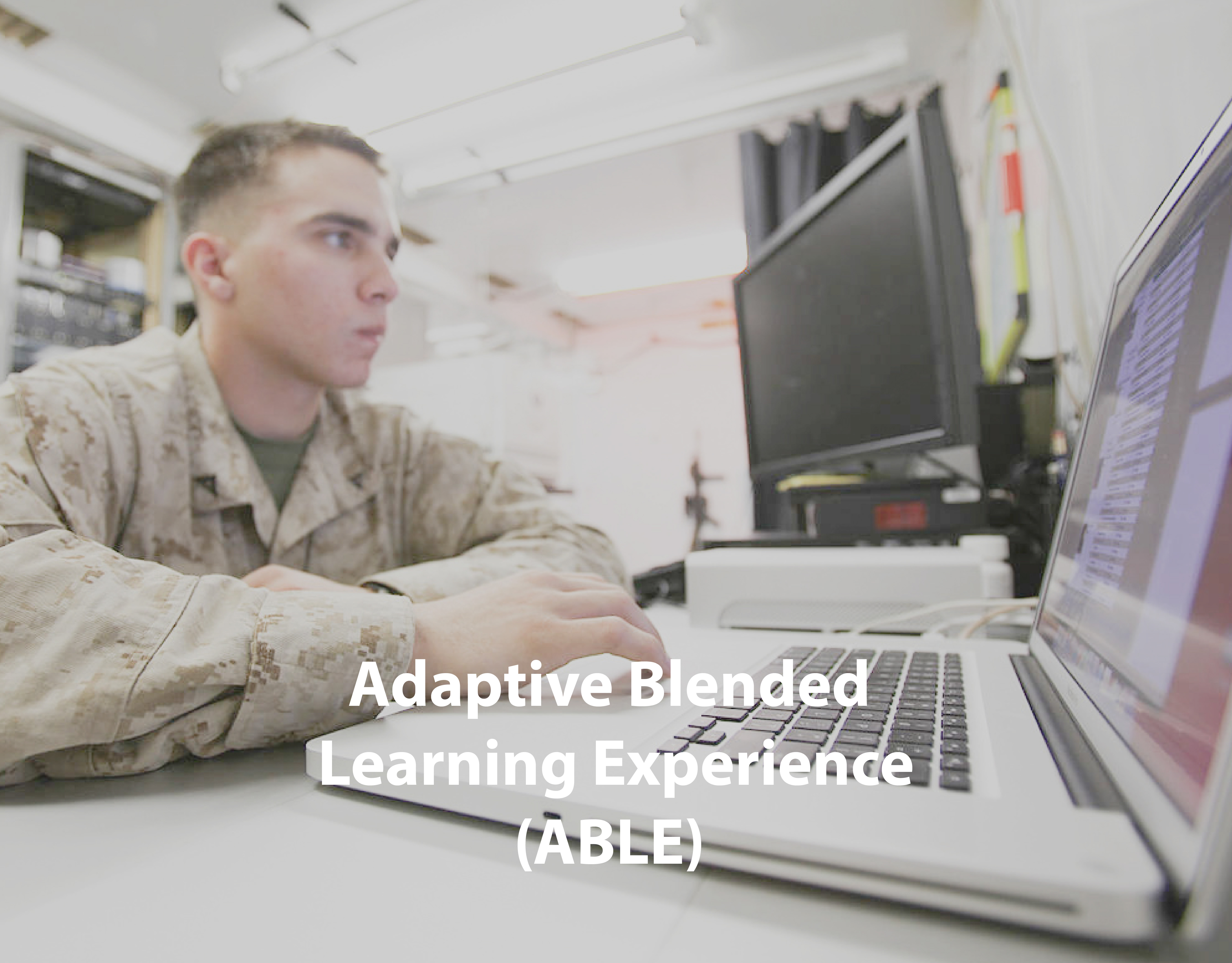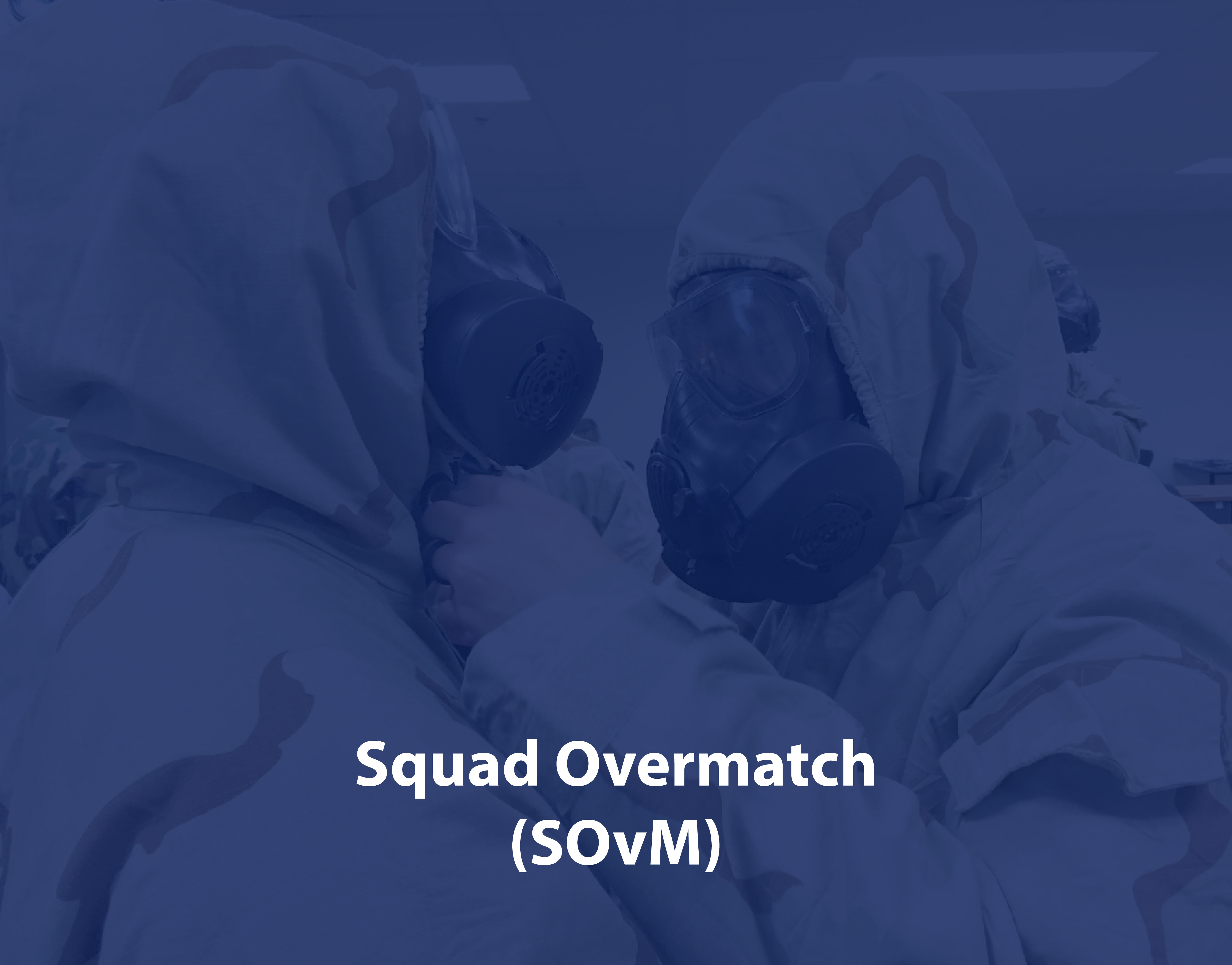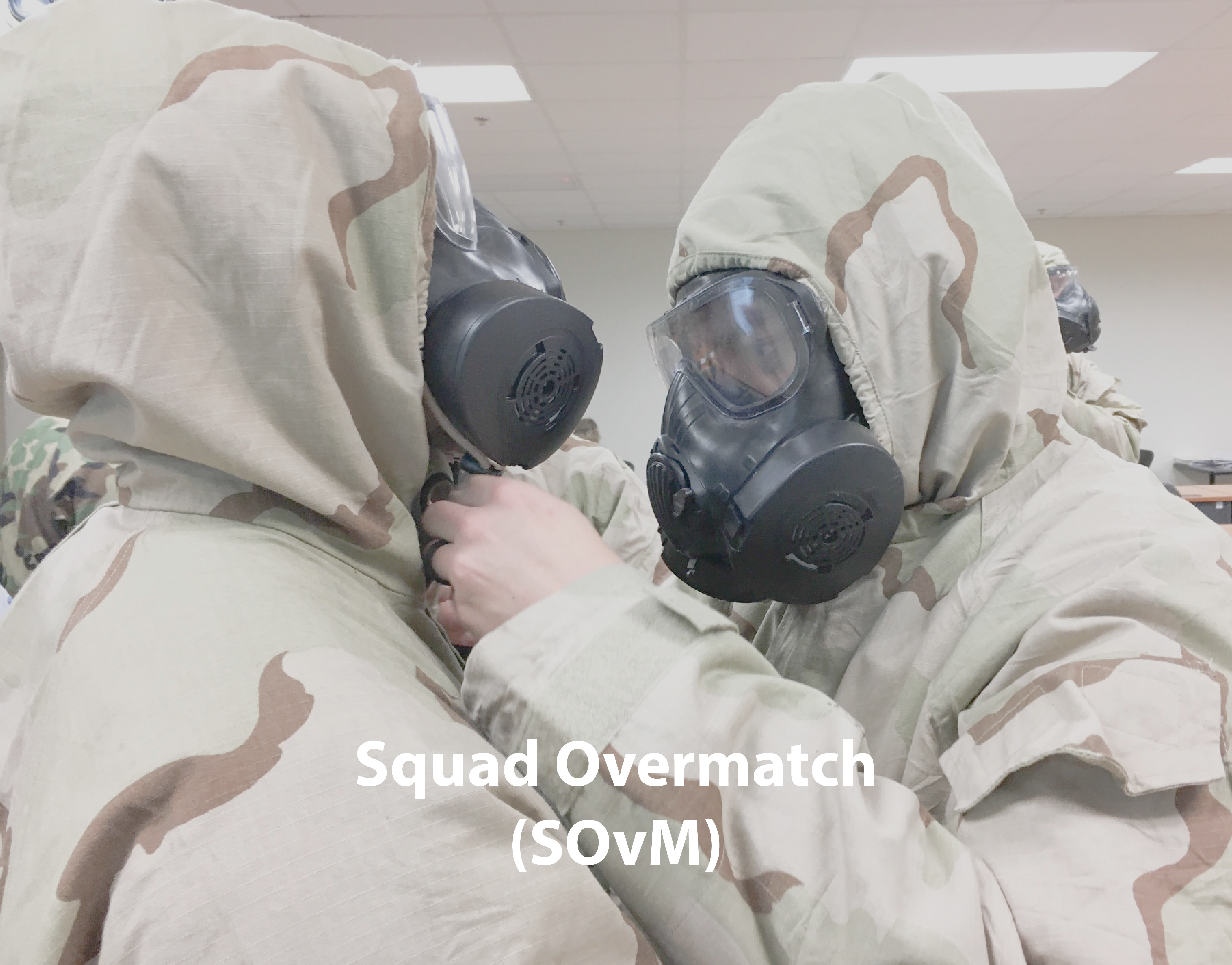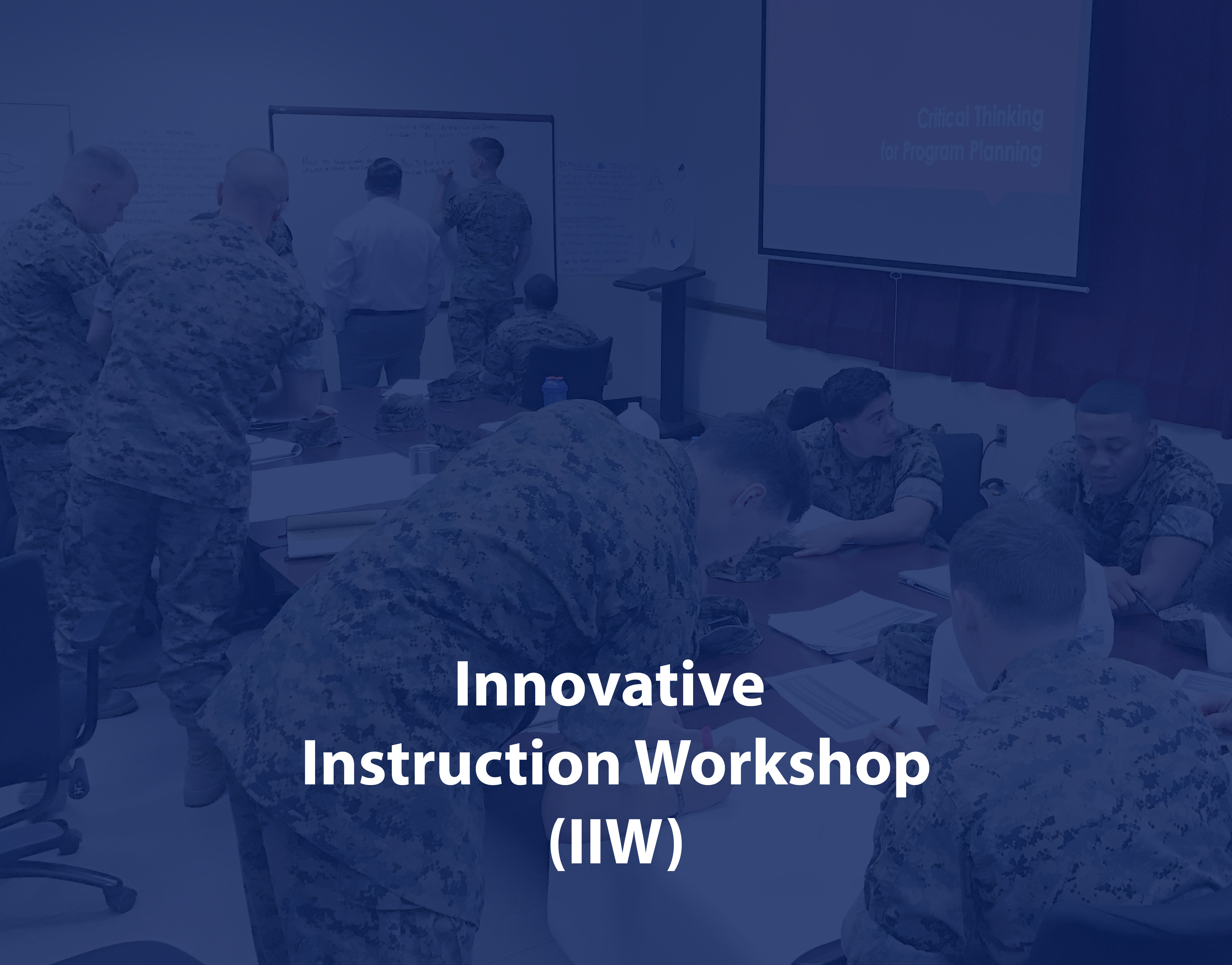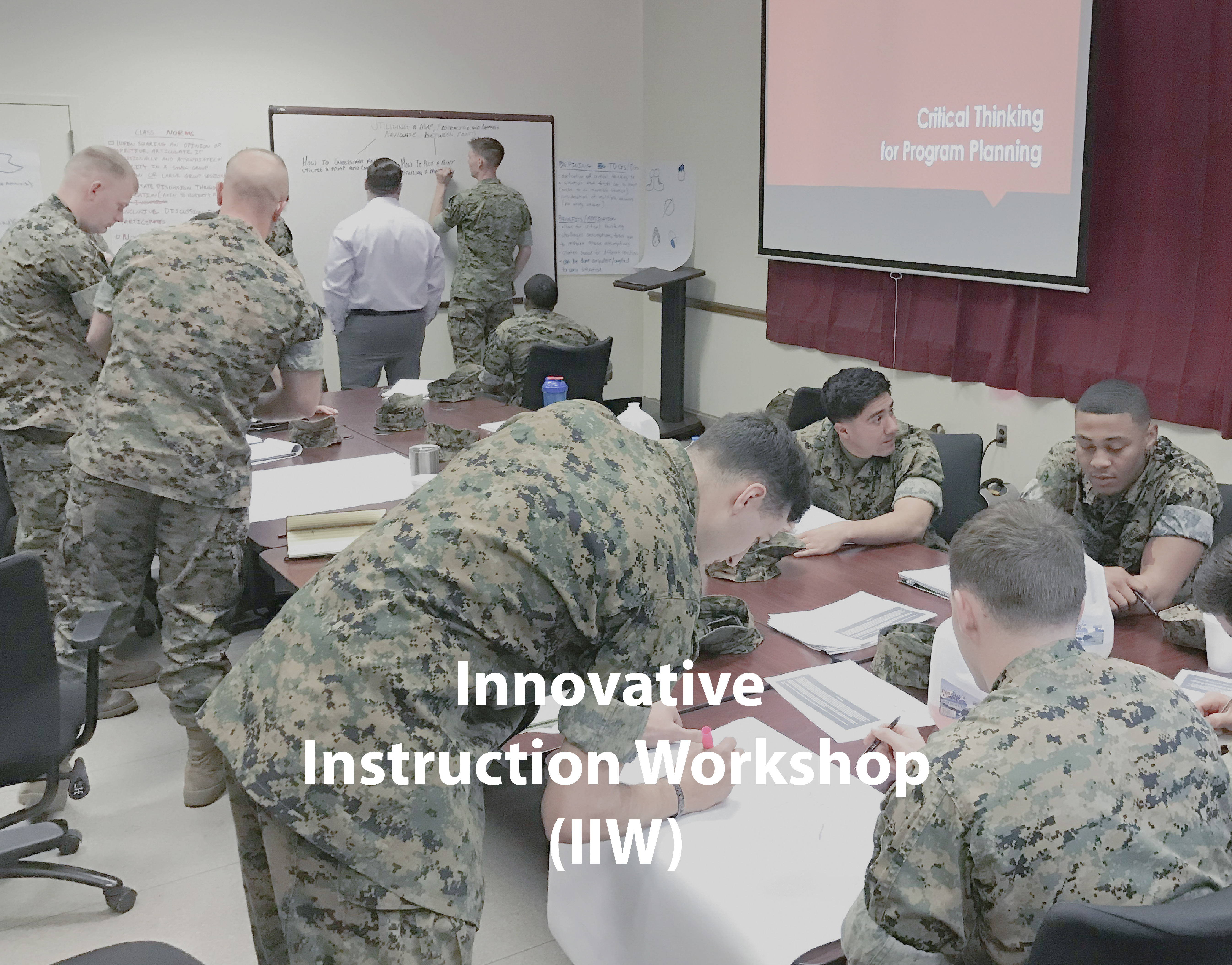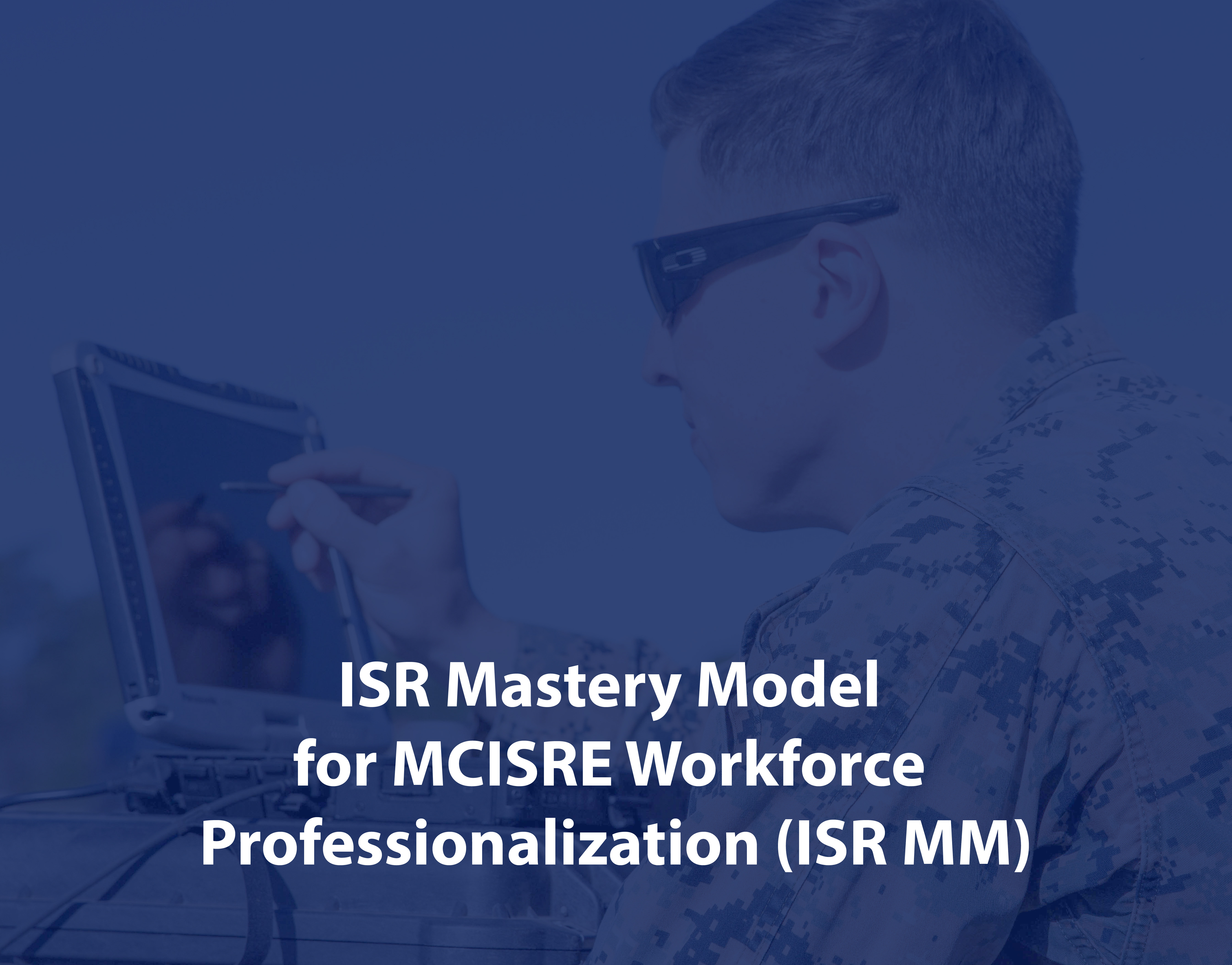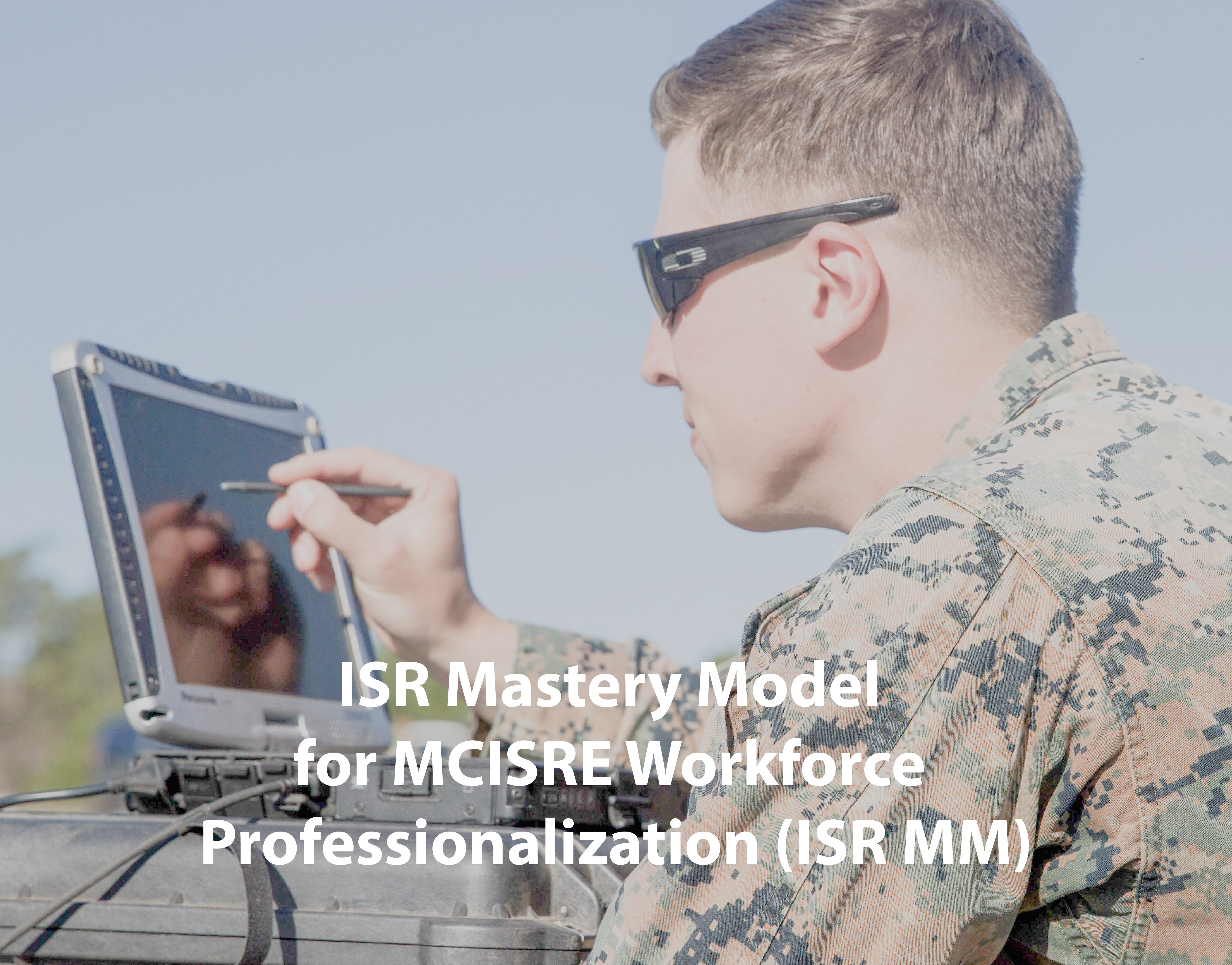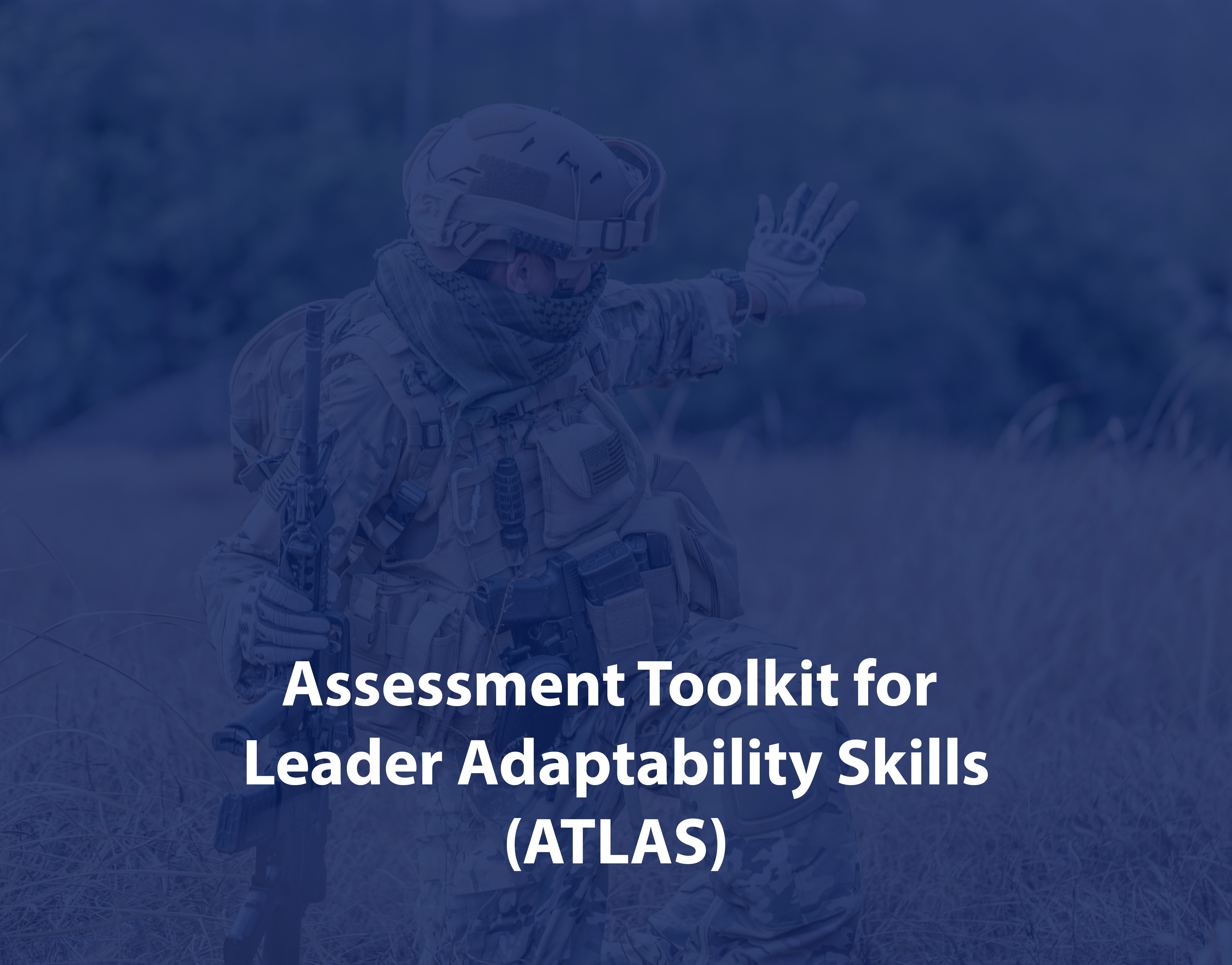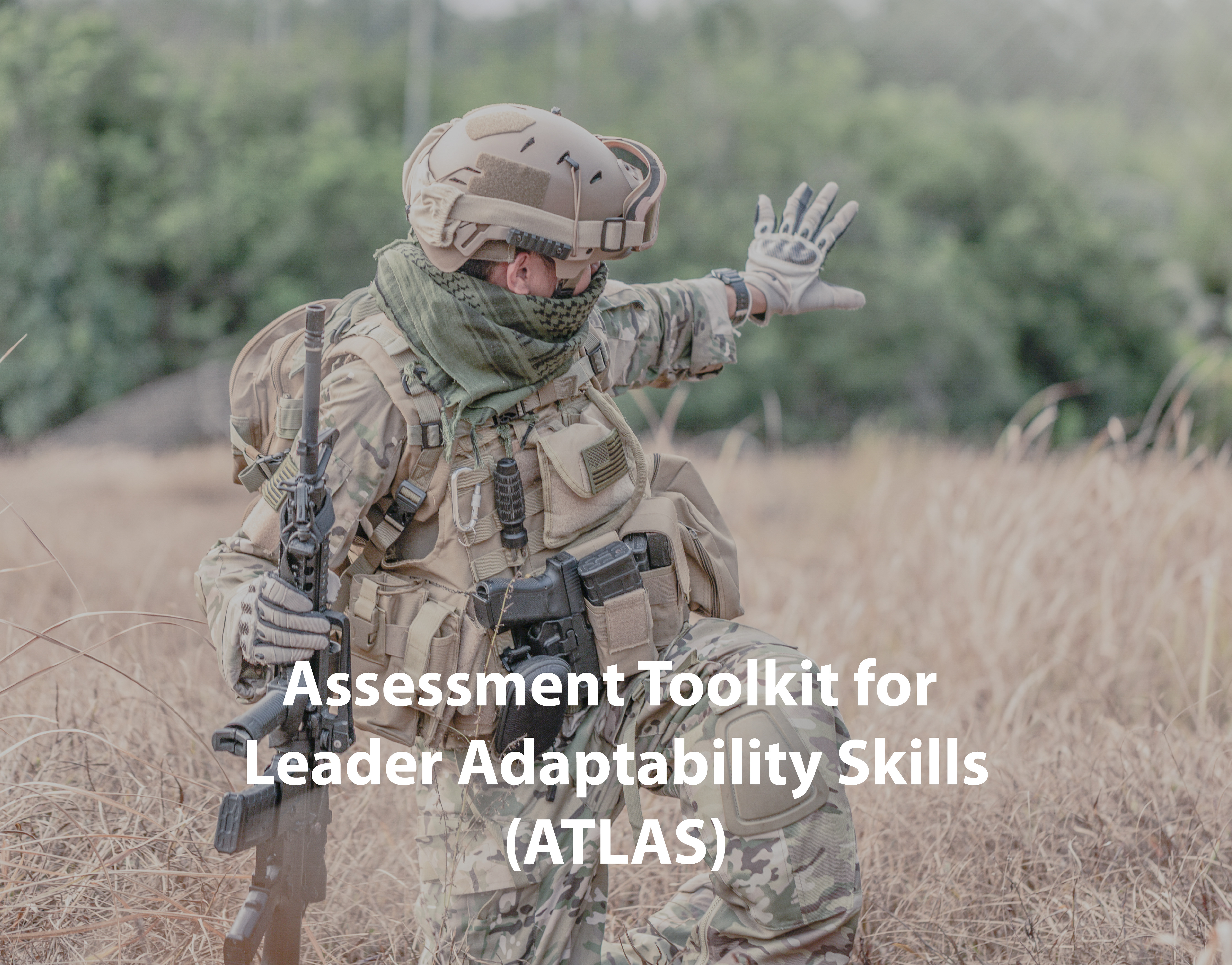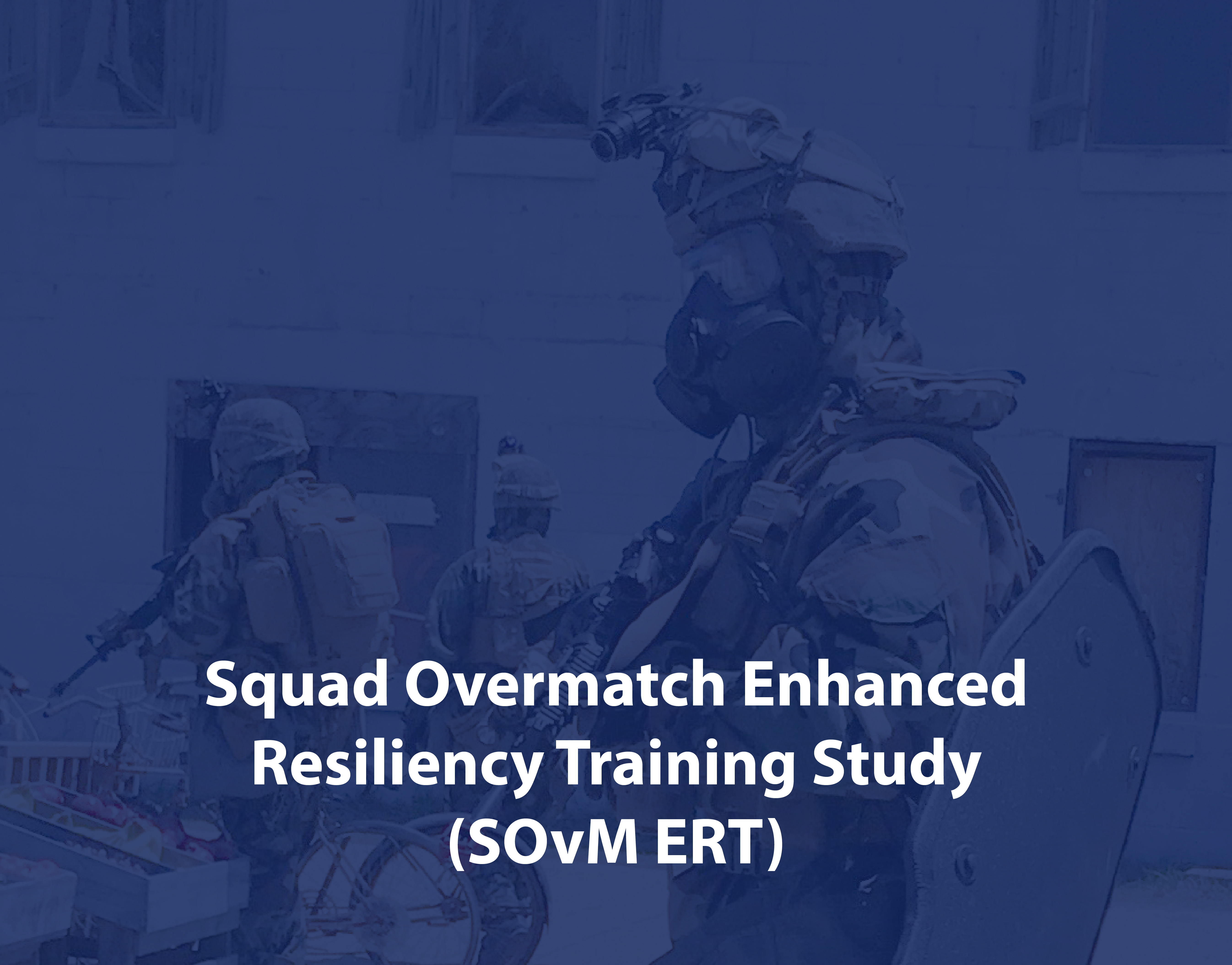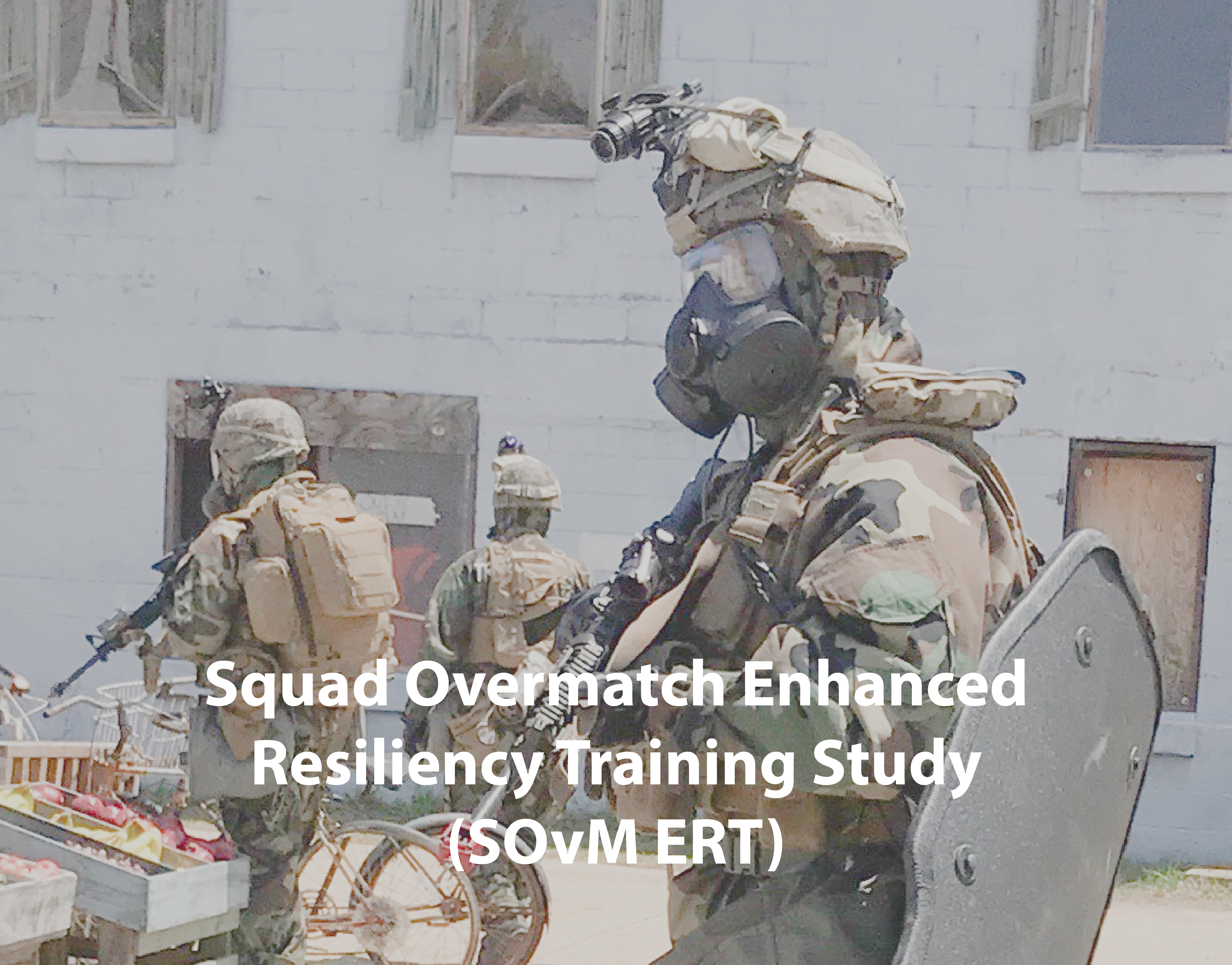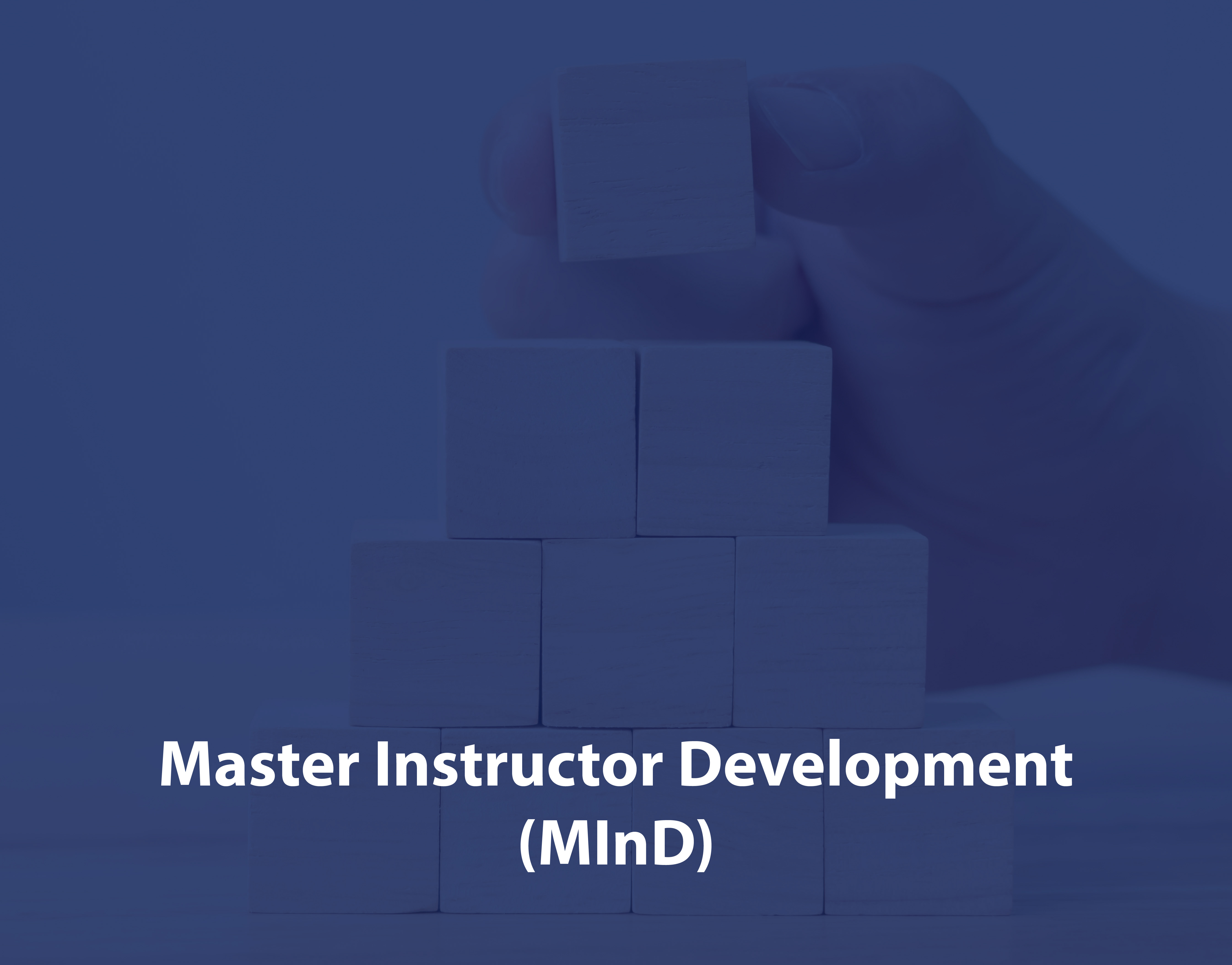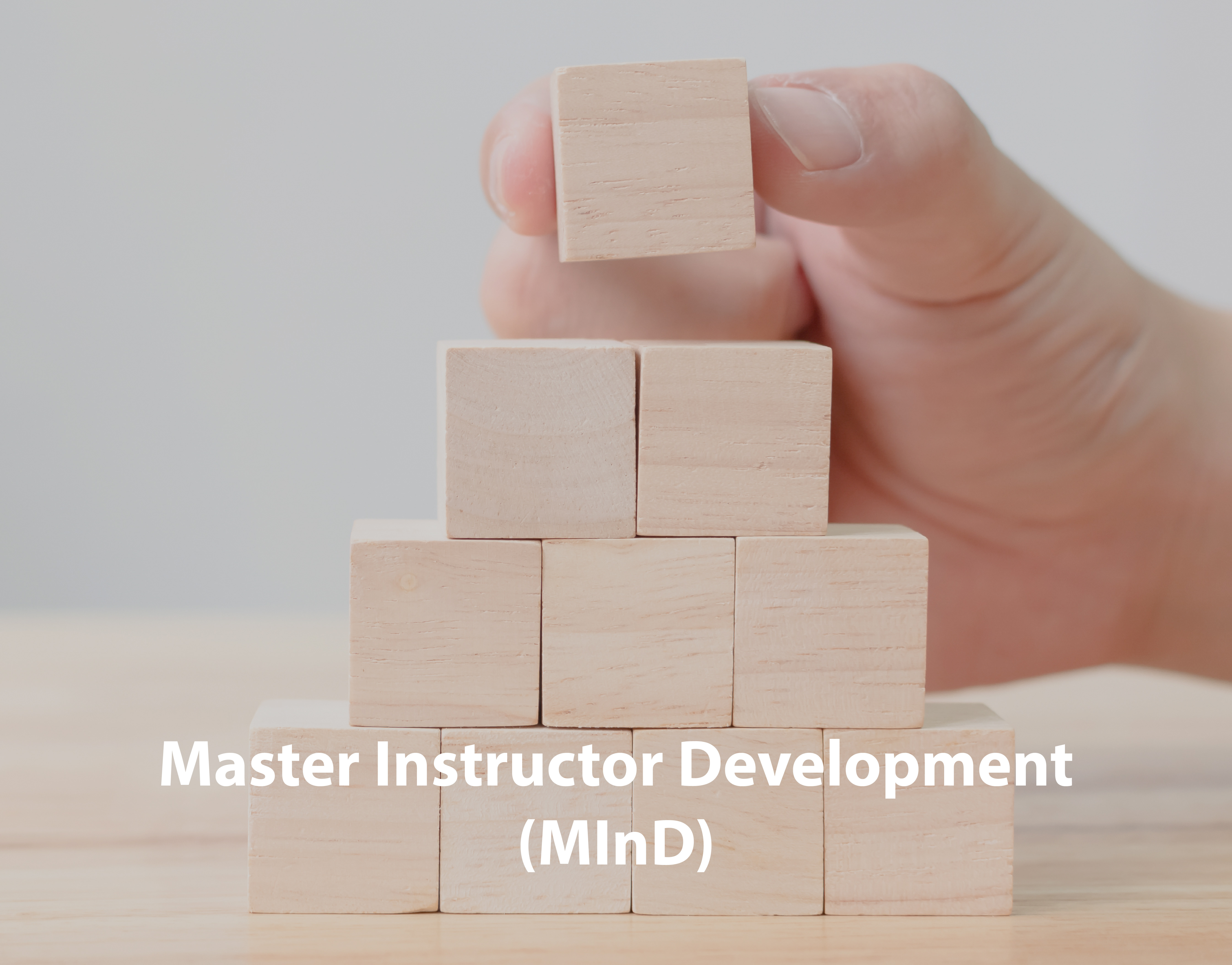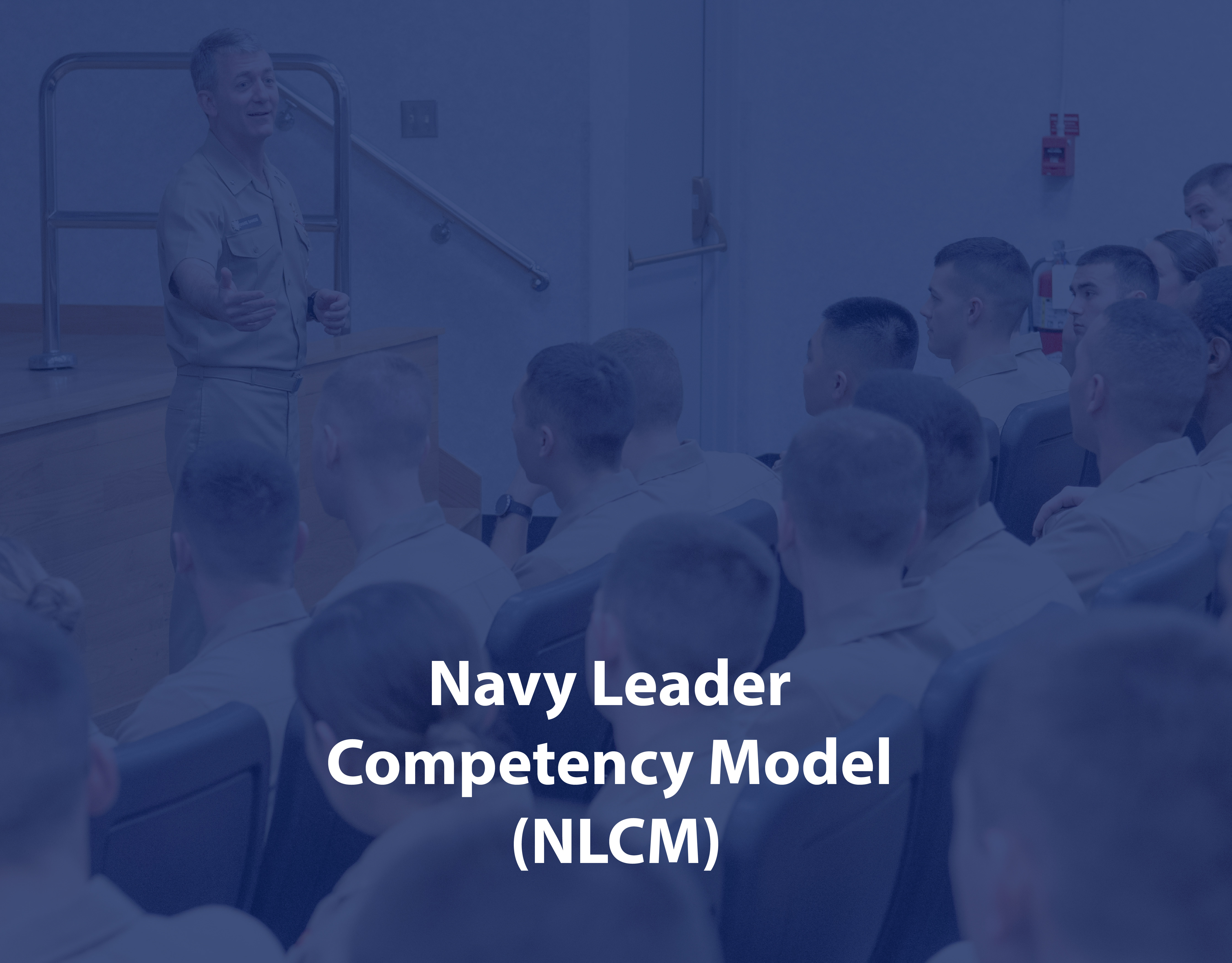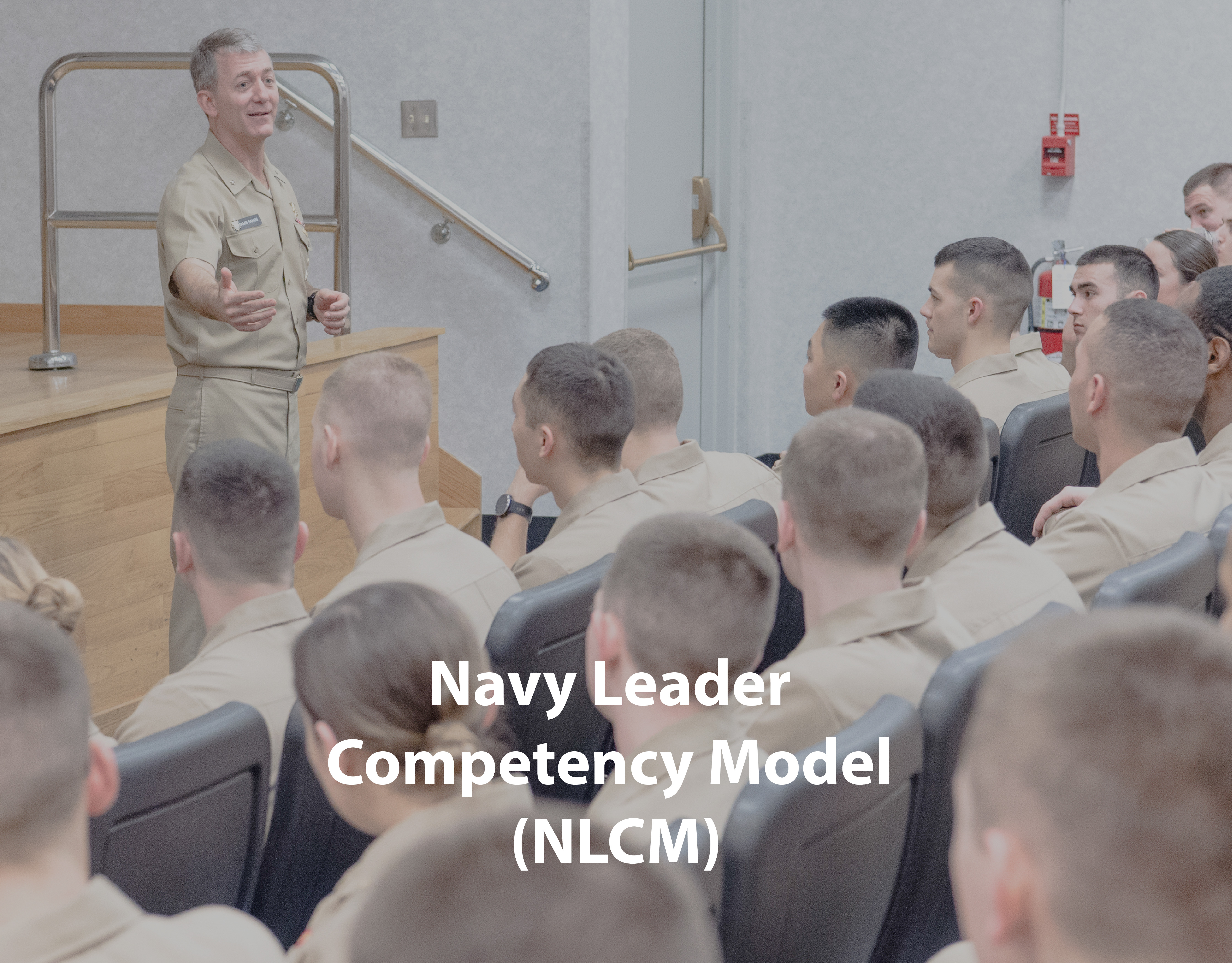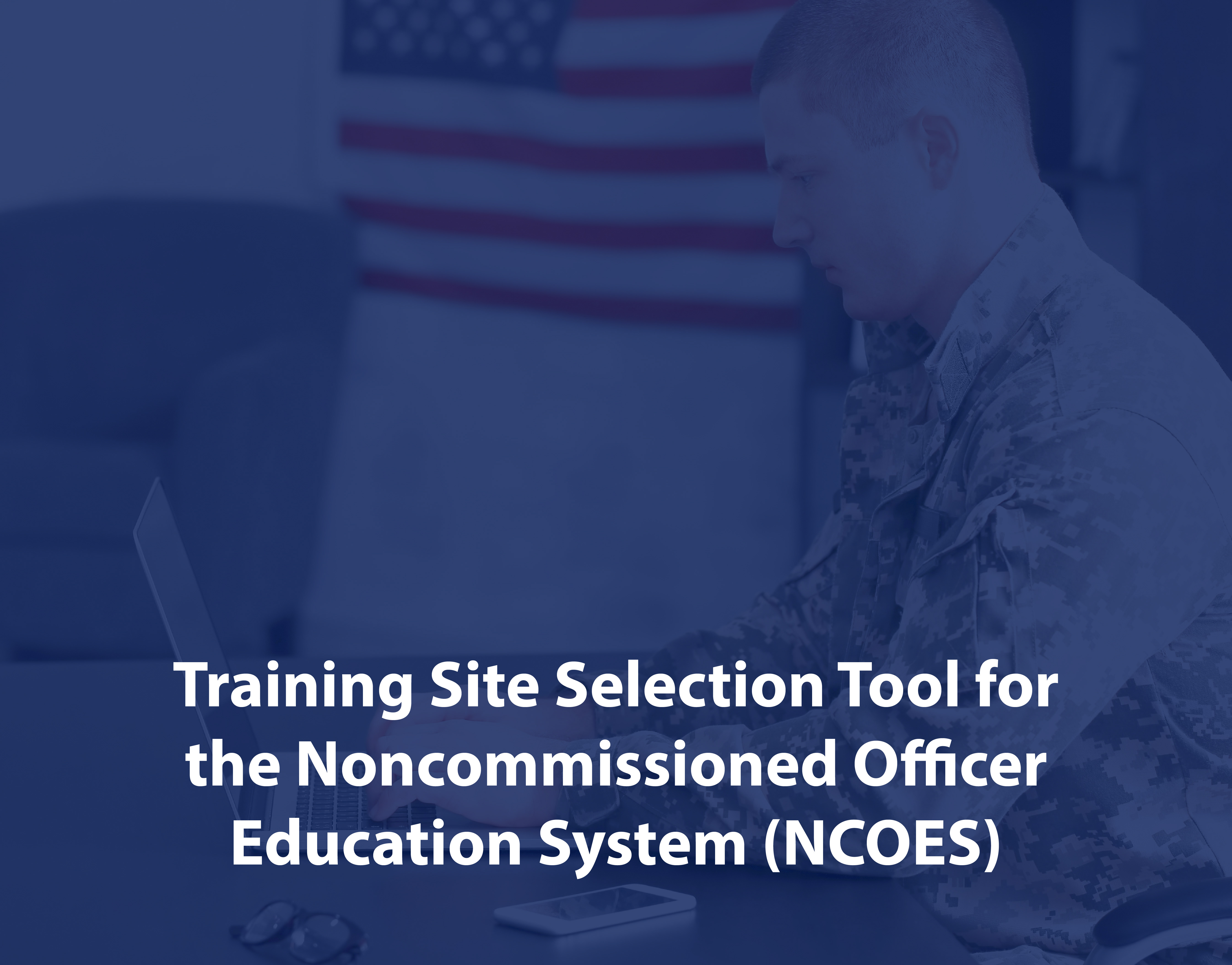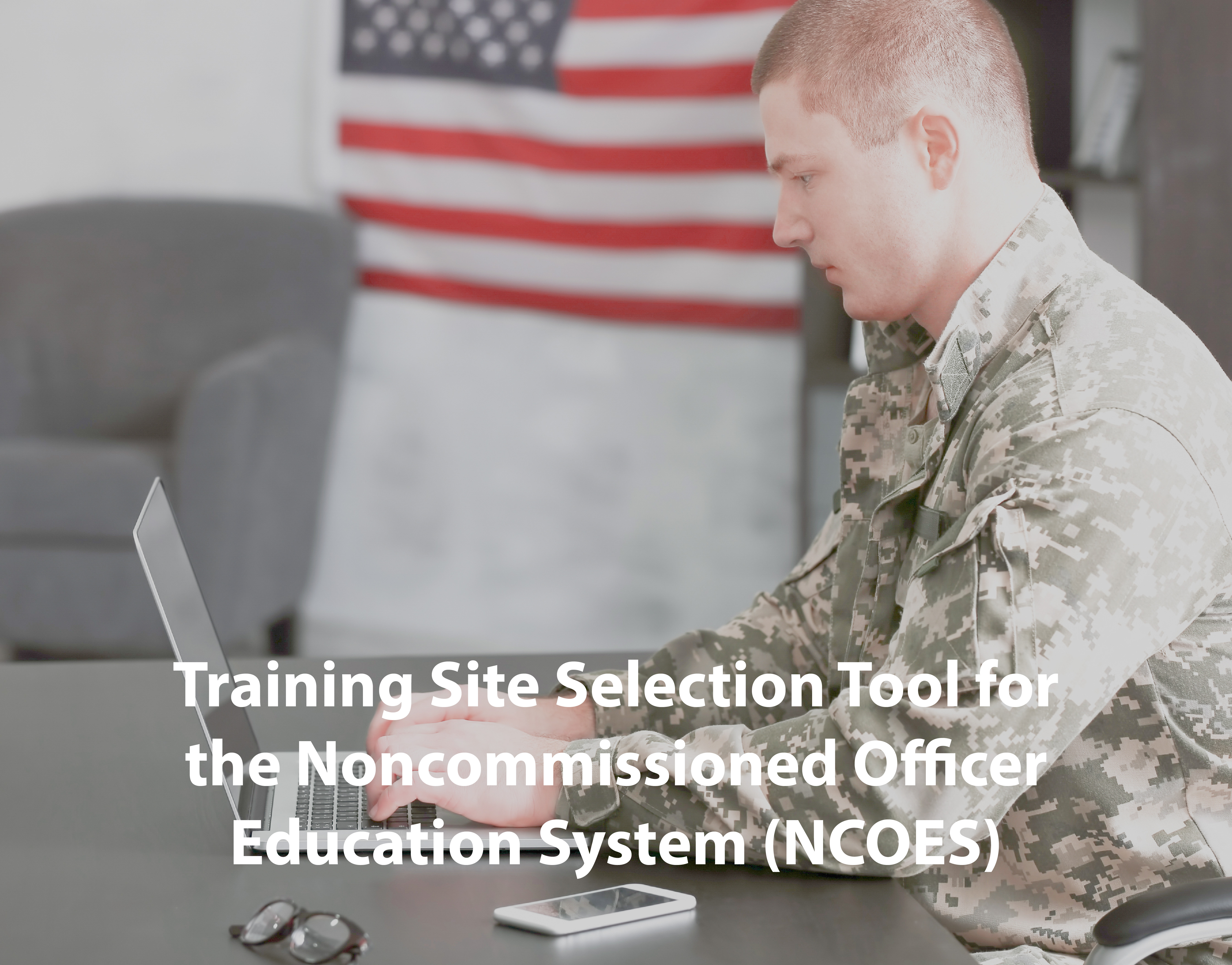Main Project Capabilities & Focus Areas
Challenge
The Navy seeks to optimize decision making and related outcomes at individual, team, and organizational levels through effective application of decision science theories and tools. As decision science includes everything from the study of how an individual makes decisions under differing circumstances to how teams of humans interpret computer-processed data, the Navy’s goal of augmenting and systematizing decision science applications across the fleet is a complex undertaking.
_________
Solution
The purpose of the Gap Analysis of Decision-Making Curriculum Across the Navy effort was to identify best practices and gaps in how decision science is currently taught at Navy institutions, and to make recommendations for supporting Naval leaders through the integration of current research and innovative approaches to learning. The gap analysis consisted of a review of relevant decision science literature as well as curricular materials from Naval schools and U.S. academic institutions. Further, we conducted interviews and focus groups with key Navy stakeholders on fleet decision-making requirements, competencies needed, and experiences with the current curriculum.
_________
Result
The gap analysis results provided a basis for identifying decision science learning needs for all ranks and ratings in the Navy, to develop foundational competencies in data literacy and cognitive bias identification and mitigation. To address these Navy-wide learning needs, we developed the Introduction to Data-informed Decision Making (ID2M) course. The ID2M course enables Sailors to use science-supported strategies when working with data to improve decision making in typical contexts and with decision support systems. In addition, we designed 10 decision science application exercises for integration in existing Navy courses to reinforce and expand upon the foundational learning experiences provided in the ID2M.
This project will continue to support the Navy in modernizing the content and instructional approaches for decision-making theory and practice. The ultimate goal is to improve strategic and operational decisions through a coherent, enterprise-level decision science learning strategy.
_________
This effort is sponsored by the Office of Naval Research.

